Author: Will Lovell
A couple decades ago, I had the pleasure of visiting London for the first time, and while it was technically for work, I wasn’t going to pass on the opportunity to experience the notable beer culture. I was familiar with a few classic English ale styles at this point, but it was during this trip that I had my first taste of classically brewed Real Ale, and so began by love affair with English beer, particularly the style known as Ordinary Bitter.
When I got into homebrewing a few years later, Ordinary Bitter was on my short list of styles, and over the years, I’ve brewed several batches. Fast forward to 2024 when I had the privilege of judging Ordinary Bitter for the Alamo City Brew Battle, which served to reinvigorate my love of this style, which the BJCP describes as:
Low gravity, alcohol, and carbonation make this an easy-drinking session beer. The malt profile can vary in flavor and intensity, but should never override the overall bitter impression. Drinkability is a critical component of the style.
That last bit about drinkability is one of the key features of Ordinary Bitter that I appreciate the most, and that fact it’s paired with a generally malt-centric beer is all the better. Of the many batches of Ordinary Bitter I’ve brewed over the years, all relied on more or less traditional methods, that is until recently when I decided to see how one made using the Short & Shoddy approach would turn out.
| BREWING THE BEER |
I based this recipe off of prior successful batches of Ordinary Bitter I brewed, making minor adjustments to account for the hit to efficiency I’ve come to expect when using the Short & Shoddy approach.
Short & Shoddy Ordinary Bitter
Recipe Details
| Batch Size | Boil Time | IBU | SRM | Est. OG | Est. FG | ABV |
|---|---|---|---|---|---|---|
| 5.5 gal | 30 min | 28.1 | 12.3 SRM | 1.041 | 1.012 | 3.81 % |
| Actuals | 1.041 | 1.012 | 3.81 % | |||
Fermentables
| Name | Amount | % |
|---|---|---|
| Maris Otter | 8.5 lbs | 83.95 |
| Caramel Malt 80L | 8 oz | 4.94 |
| Caravienne Malt | 8 oz | 4.94 |
| Crystal 60l | 8 oz | 4.94 |
| Pale Chocolate Malt | 2 oz | 1.23 |
Hops
| Name | Amount | Time | Use | Form | Alpha % |
|---|---|---|---|---|---|
| Target | 30 g | 30 min | Boil | Pellet | 10.3 |
| Fuggle | 30 g | 2 min | Boil | Pellet | 4.3 |
Yeast
| Name | Lab | Attenuation | Temperature |
|---|---|---|---|
| Pub (A09) | Imperial Yeast | 74% | 64°F - 70°F |
Notes
| Water Profile: Ca 77 | Mg 15 | Na 0 | SO4 145 | Cl 74 |
Download
| Download this recipe's BeerXML file |
I began adding the full volume of RO water at 3:06 PM then adjusting it to my desired mineral profile.
As the water was heating up, I weighed out and milled the grain.
When the water was properly heated, I stirred in the grist then set my Delta Brewing AIO controller to maintain my target mash temperature.
During the mash rest, I prepared the kettle hop additions.
Following the brief 30 minute mash, I removed the grains and proceeded to boil the wort for just 30 minutes.
At the completion of the boil, I quickly chilled the wort before taking a refractometer reading showed it was at a slightly higher than expected 1.041 OG, for a brewhouse efficiency of 60%.
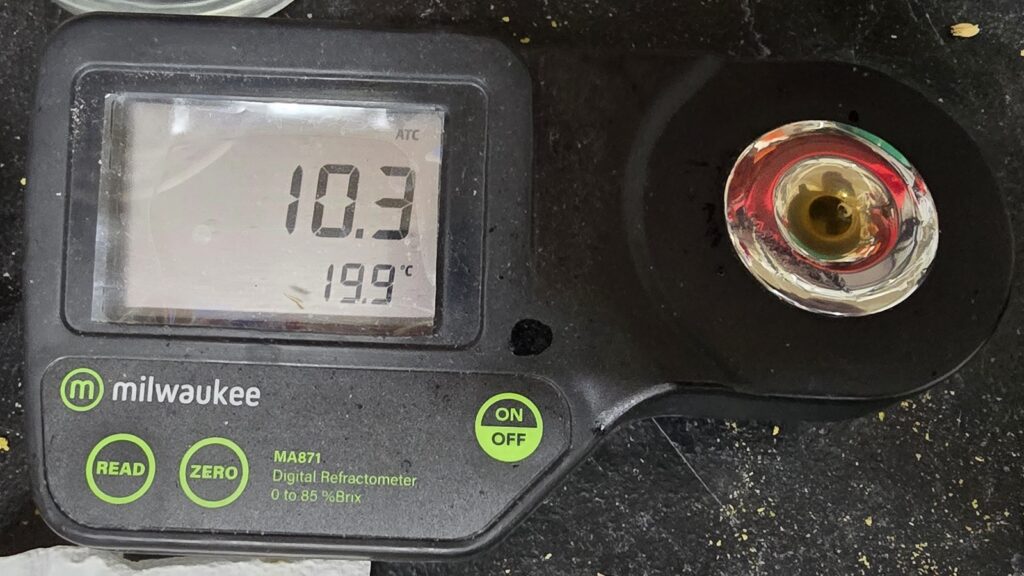
I transferred the wort to my fermentation vessel and direct pitched a pouch of Imperial Yeast A09 Pub into the 66˚F/19˚C wort. It was 5:42 PM for a total brew day time of 2 hours and 36 minutes.
The beer was left to ferment at 66°F/19°C for 2 weeks before I took a hydrometer measurement showing FG had been reached.
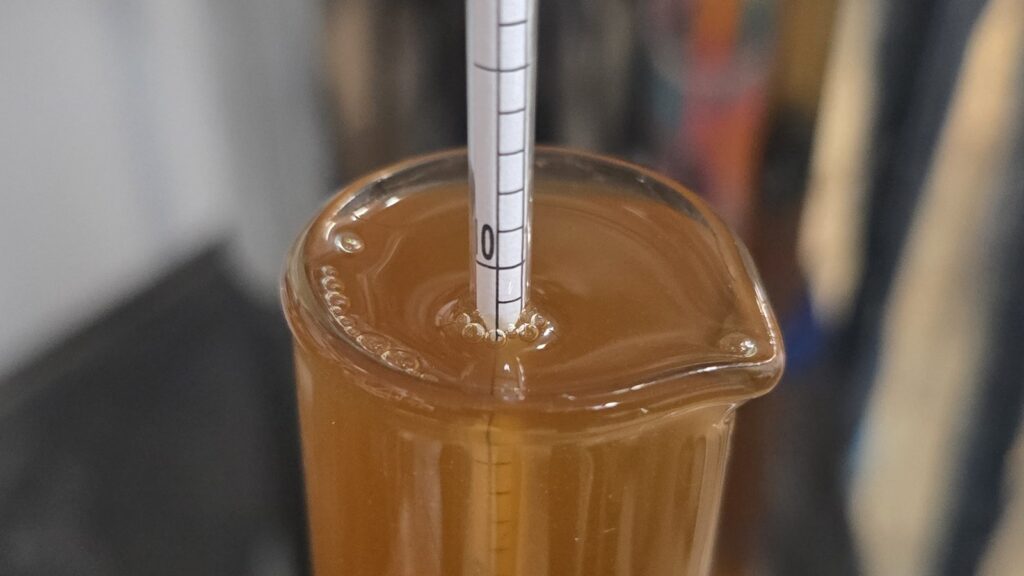
At this point, I cold crashed the beer to 34°F/1°C overnight then transferred it to a CO2 purged keg was placed in my kegerator and burst carbonated at 30 psi for 24 hours before I reduced the gas to a serving pressure. After a couple weeks of cold conditioning, it was ready to serve to tasters.
| RESULTS |
A total of 20 people of various levels of experience participated in this Short & Shoddy evaluation. Participants were informed of the specific beer style and provided the BJCP description prior to completing the survey. Tasters were then instructed to rate how hoppy, malty, and dry they perceived the beer to be on a 0-5 scale where a rating of 0 indicated “not at all” and 5 indicated “extremely.”
Tasters were provided a list of common hop, malt, and yeast characteristics then instructed to select from each the one they perceived as being most prominent in the beer.
Hop Characteristics
Malt Characteristics
Yeast Characteristics
Next, participants were asked to indicate whether or not they detected any off-flavors in the beer; those who did were provided a list of common off-flavors and instructed to select the one they perceived as being strongest. Just one person reported perceiving a diacetyl off-flavor.
Tasters were then asked to rate how well the beer represented the intended style, based on the provided BJCP description, on a 0-5 scale where 0 meant “not at all” and 5 meant “exactly.”
Finally, tasters were asked to rate how much they enjoyed the beer on a 0-5 scale where 0 indicated not at all and 5 indicated extremely.
My Impressions: While not as clear as I would have preferred, this beer had all of the aromatic and flavor qualities I expect from an Ordinary Bitter. Light toast and caramel flavors were balanced by a moderate bitterness with hints of earthy hop notes. It was delicious!
| CONCLUSION |
As far as regional brewing traditions go, the UK isn’t necessarily known for relying on overly complicated approaches, which appeals to many modern homebrewers. Moreover, Britain is most known for their malt-forward and sessionable ales such as Ordinary Bitter, which pairs rich flavors with supreme drinkability, not mention ease of producing.
As relatively simple as Ordinary Bitter is to brew, there are certain methods widely believed to be imperative to produce high quality examples that are free of off-flavors. Interestingly, tasters of this Short & Shoddy version made with several corner-cutting methods not only seemed to enjoy it, but felt it solidly represented the style. Moreover, just one of the 21 tasters felt they perceived an off-flavor, yet this person also reported a strong preference for the beer.
Ratings on the various perceptible aspects of this Short & Shoddy Ordinary Bitter align nicely with the BJCP description. While a number of tasters noted a fruity hop note, nearly half felt esters were the prominent fermentation character, which may have influenced their ratings on hop character. I personally felt this Short & Shoddy Ordinary Bitter hit all the marks, despite being a tad stronger than expected, and my neighbors certainly didn’t complain during the short amount of time I had it on tap.
If you have thoughts about this Short & Shoddy brew, please feel free to share it in the comments section below!
Support Brülosophy In Style!
All designs are available in various colors and sizes on Amazon!
Follow Brülosophy on:
FACEBOOK | TWITTER | INSTAGRAM
If you enjoy this stuff and feel compelled to support Brulosophy.com, please check out the Support page for details on how you can very easily do so. Thanks!



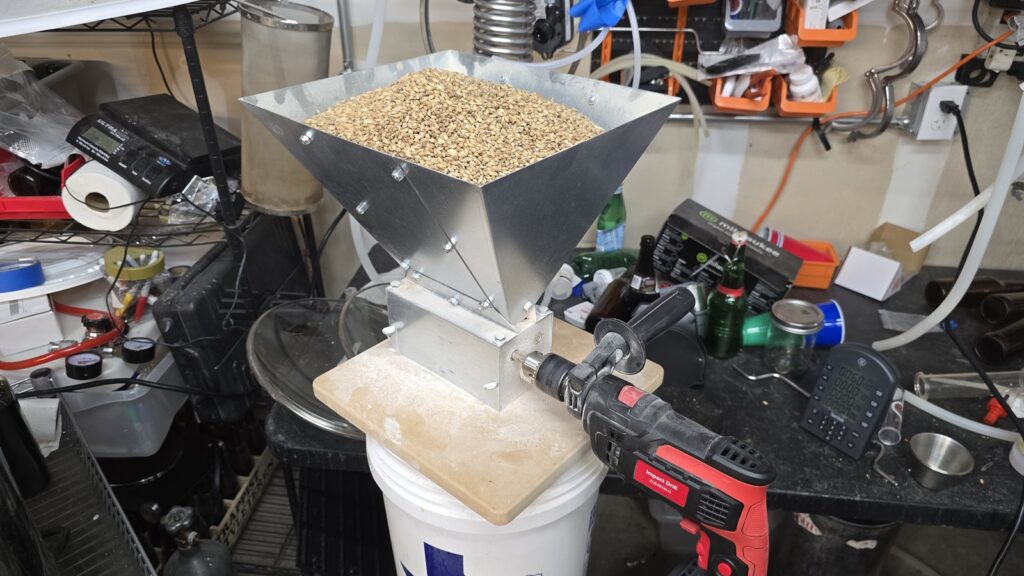
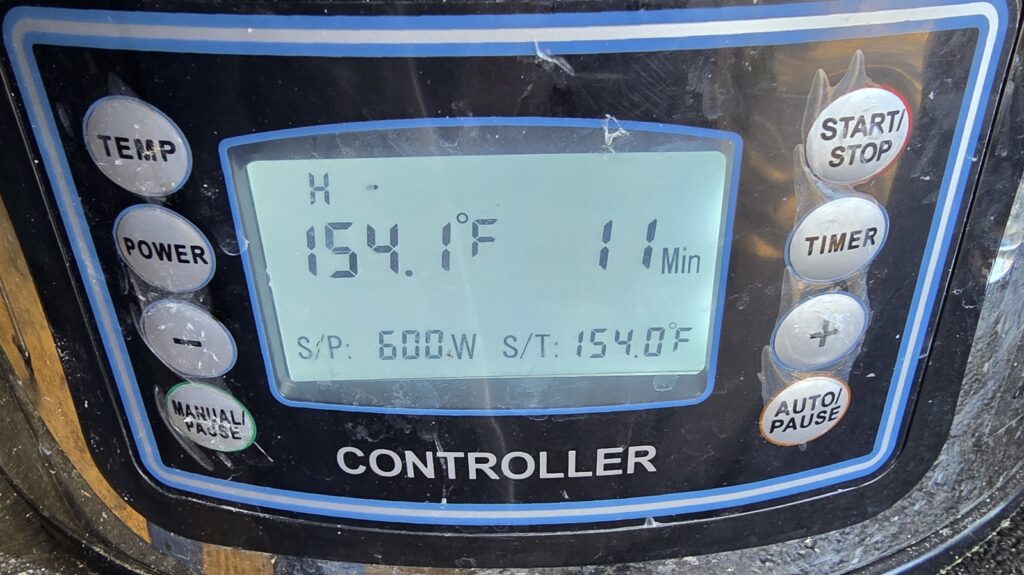
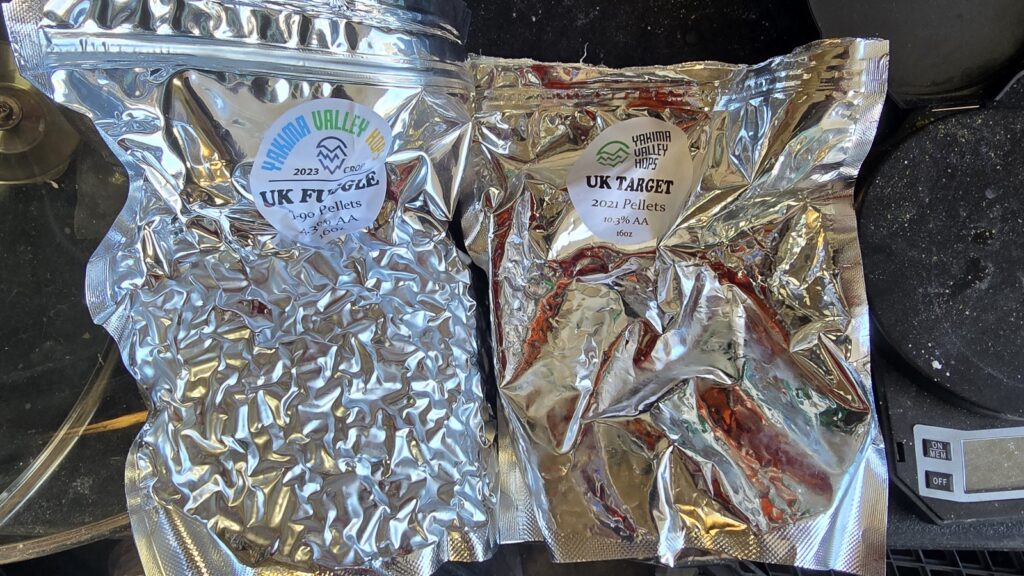
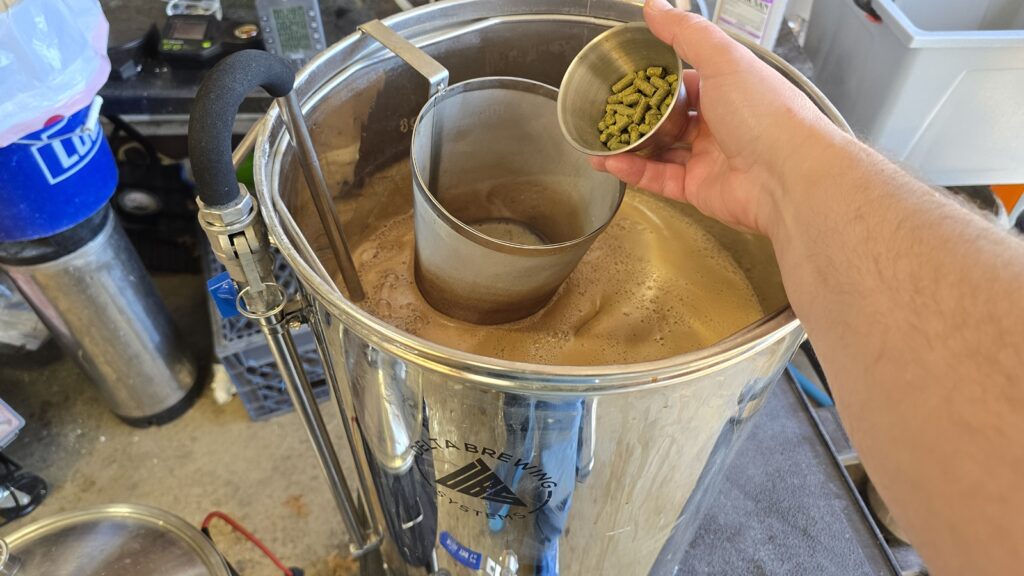
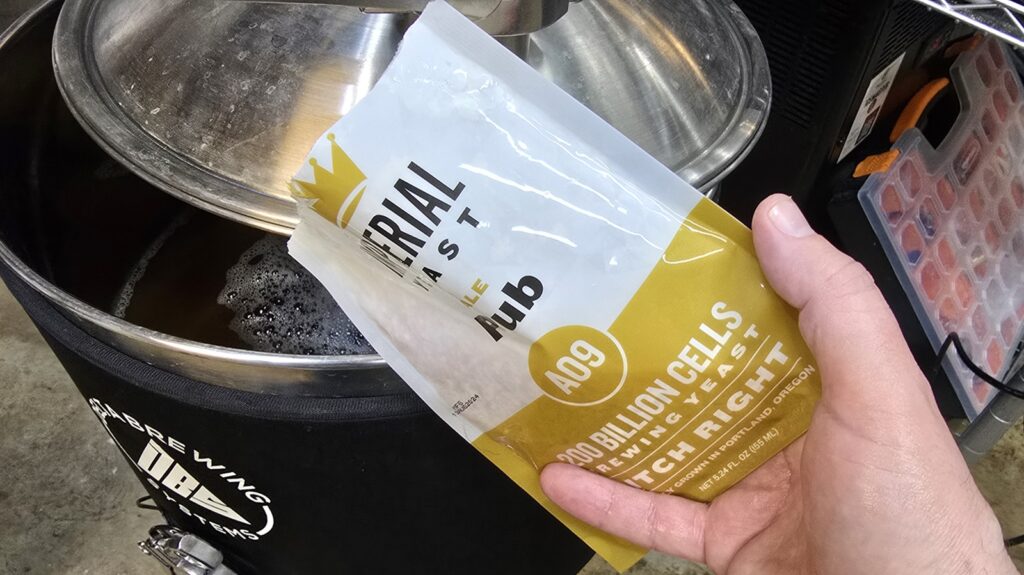
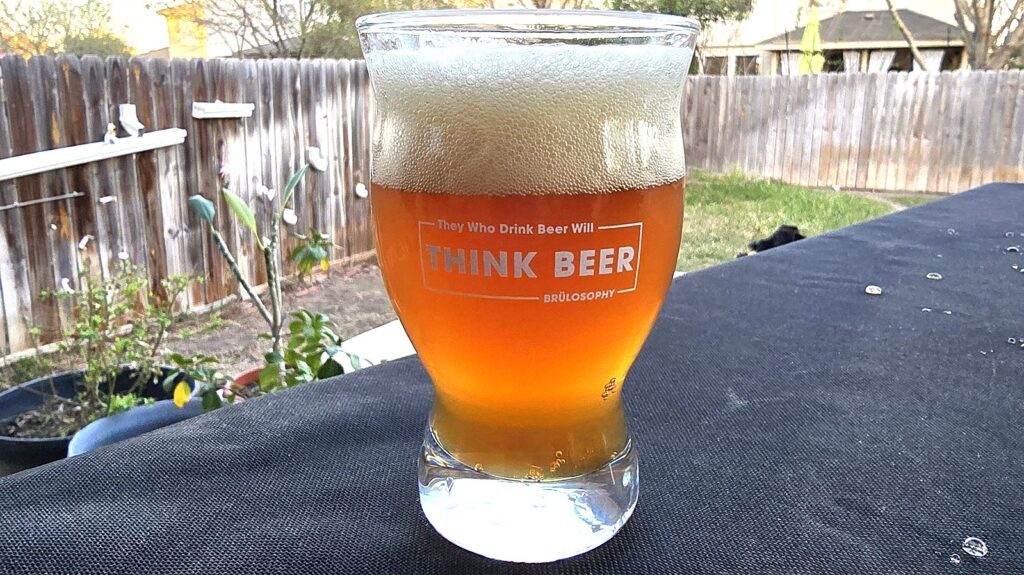

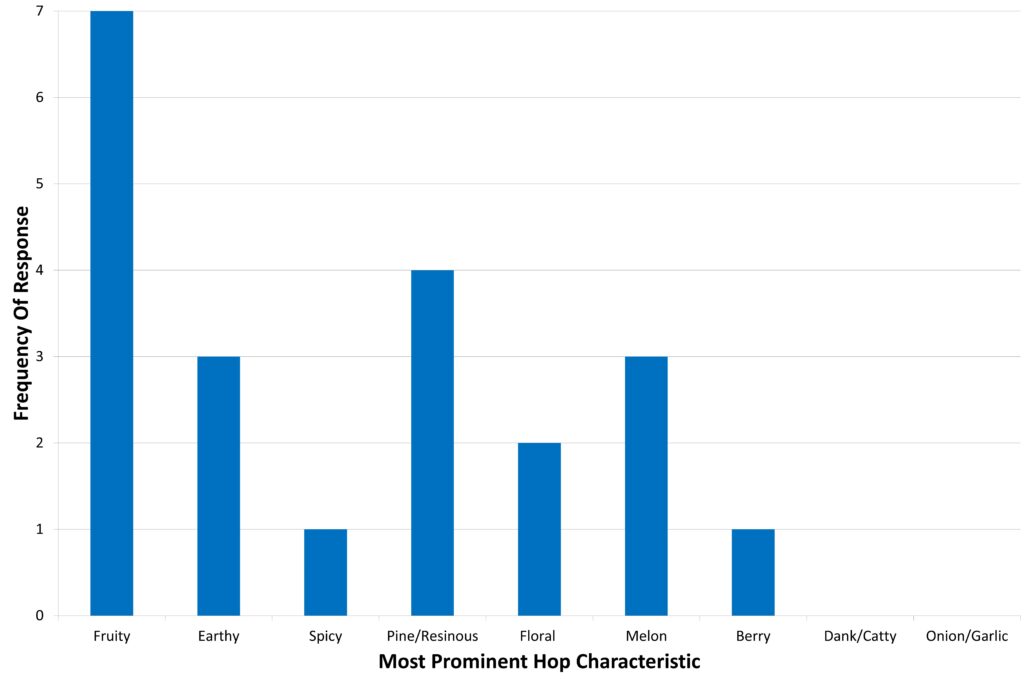


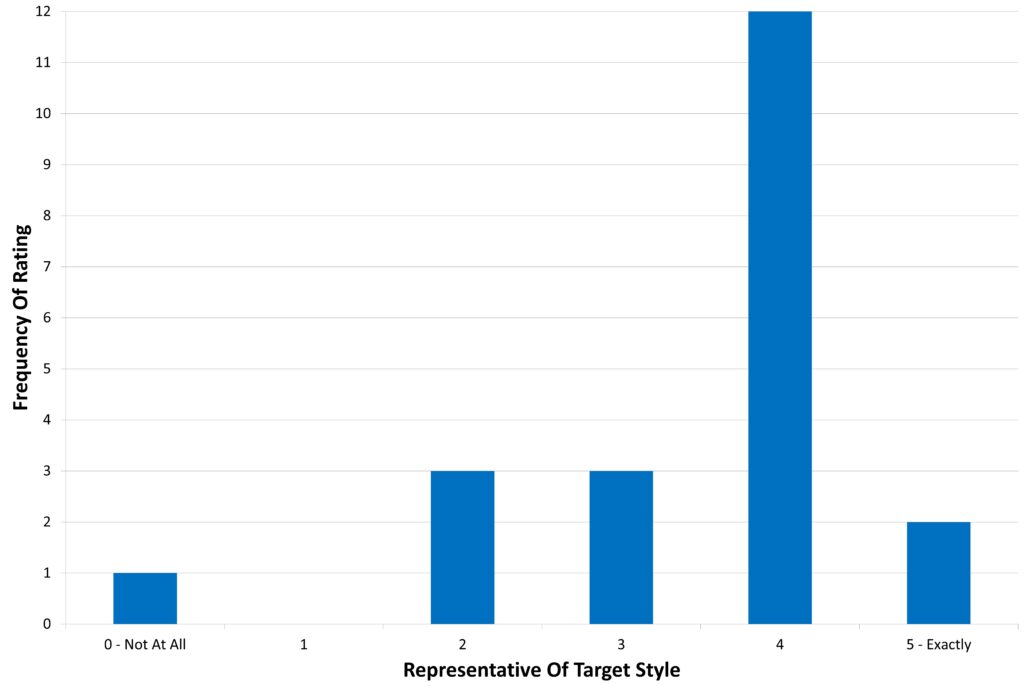
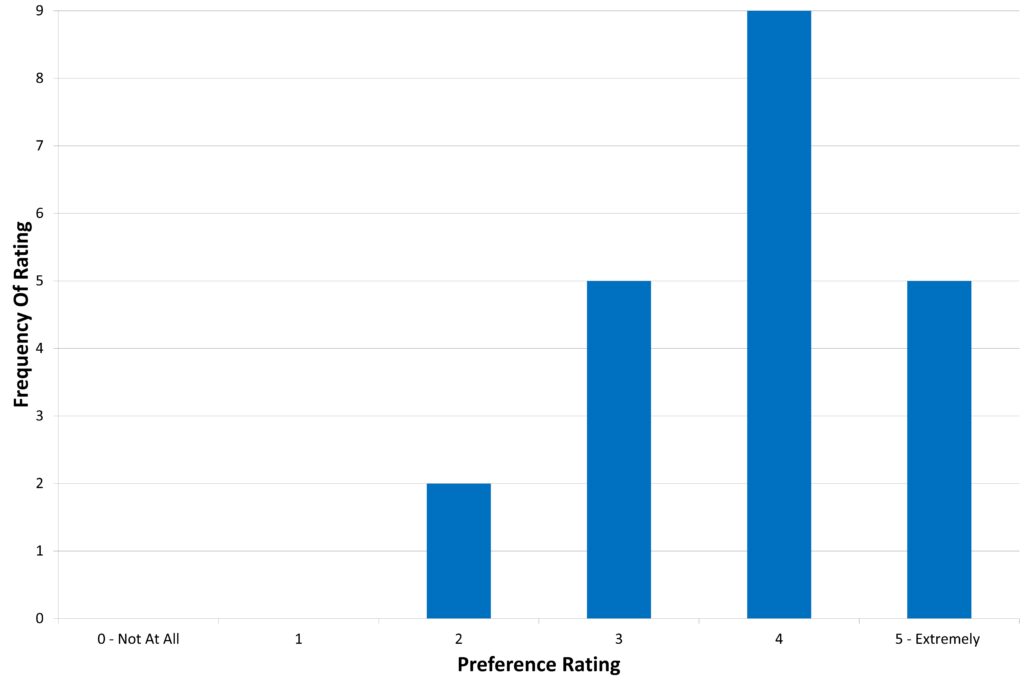





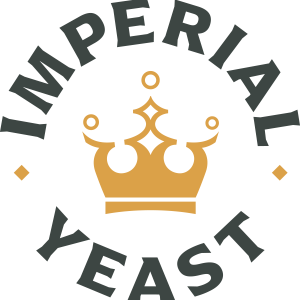

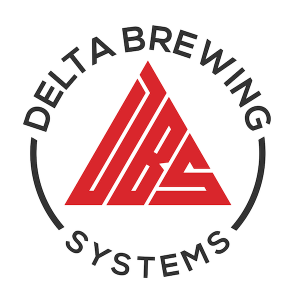

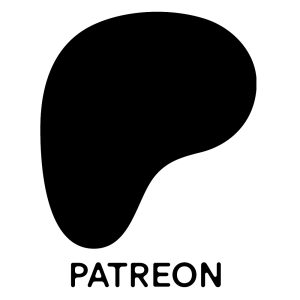
1 thought on “Short & Shoddy | Ordinary Bitter”
I’ve been drinking bitter for just over 45 years and I had never heard of ‘ordinary’ bitter until came across BJCP. I can honestly say I have never heard anyone walk into a pub and ask for a pint of ‘ordinary bitter’. I know some landlords who would most likely throw you out if you did! It’s just ‘bitter’ or ‘best’. Another thing not to thank BJCP for.